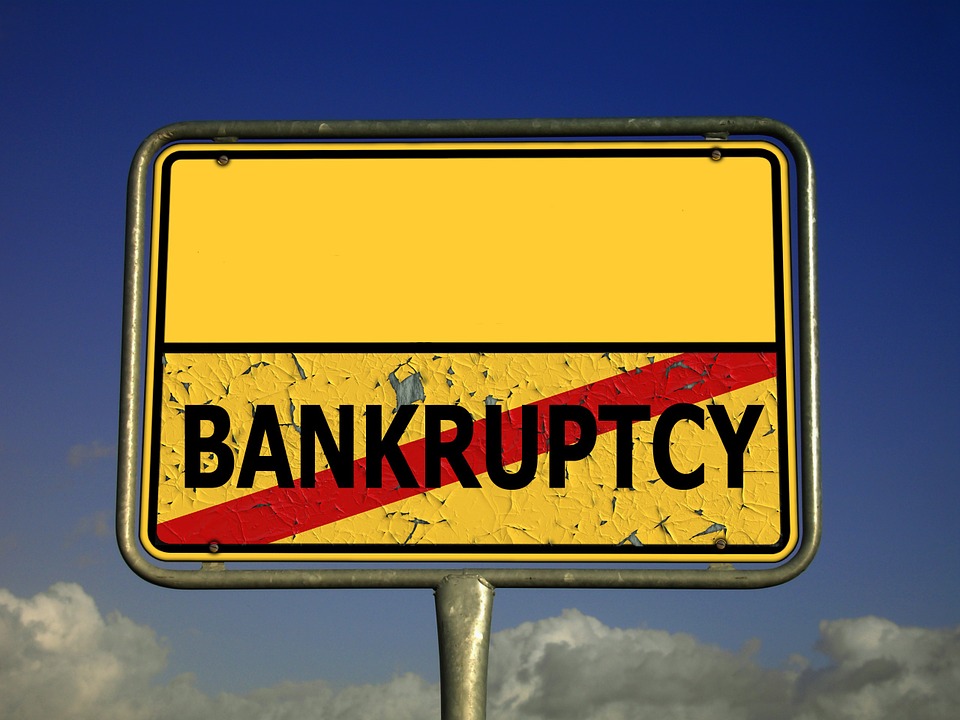 It's a terrible time to be a cash-poor business – and lots of companies are finding out the hard way...
It's a terrible time to be a cash-poor business – and lots of companies are finding out the hard way...
You see, in its ongoing battle against high inflation, the Federal Reserve increased rates in March by another quarter percent. That brought the federal-funds rate to 5%... and marked its highest level since the Great Recession.
However, despite the Fed's aggressive rate hikes, inflation remains stubborn...
First-quarter core personal consumption expenditures – the central bank's preferred inflation gauge – came in at 4.9%, up from the previous quarter's 4.4%. And with the news that inflation hasn't slowed, the Fed may announce even more rate hikes after this week's meeting.
As we talked about last week, U.S. companies are starting to pay back the cash they borrowed before rates started rising.
Beginning next year, they'll need more cash to cover obligations and pay down debt. And they may struggle to access that capital...
Refinancing is going to be expensive, and banks are already tightening lending standards.
Today, we'll explain why those who didn't already figure out their financing might soon be facing issues. And as investors, it's critical to watch for the signs of vulnerable "zombie companies" now so we're safely out of the way when the looming wave of bankruptcies starts to crash...
 The numbers don't lie...
The numbers don't lie...
According to the Senior Loan Officer Opinion Survey, roughly 45% of banks tightened their lending standards for commercial and industrial (C&I) loans in the first quarter.
Remember, banks give out C&I loans to companies so they can invest and grow their businesses. These loans are vital to the overall economy.
C&I loan balances grew steadily through most of last year. Recently, though, C&I lending began to contract... and it's reaching a critical level. Now, companies are looking for different ways to raise capital.
One option is a fire sale... This is when companies sell assets as fast as they can – and sometimes at steep discounts.
Some companies, like pharmaceutical giant Eli Lilly (LLY), paint manufacturer Sherwin-Williams (SHW), and industrial-technology company Vontier (VNT), have started to pursue this strategy of divesting.
That can help pay the bills for a while... though it's clearly a sign of desperation.
Plus, not all companies can afford to sell their assets at fire-sale prices. And for those that can't, things are getting ugly...
According to data from S&P Global Market Intelligence, U.S. corporate bankruptcy filings hit a 12-year high in the first two months of 2023.
Take a look...
As you can see, that's the worst start to a year since we were coming out of the Great Recession. And it even tops the number of bankruptcies we saw during the pandemic.
It's clear that many companies are struggling to survive in this era of tight credit standards.
 However, some sectors are feeling the pressure more than others...
However, some sectors are feeling the pressure more than others...
For example, the number of bankruptcy filings for consumer discretionary companies far outpaced every other sector.
In February alone, 11 consumer discretionary companies went bankrupt. That's more than double the amount of bankruptcies in any other sector. Three sectors – health care, industrials, and financials – came in second, at five bankruptcies.
A few of these unfortunate companies include pet-food supplier Independent Pet Partners, home-décor company NBGHome, and retailer Tuesday Morning.
Many of the companies facing bankruptcy today failed to adapt to the changing economic landscape brought about by the pandemic. They took on debt while it was cheap regardless of their ability to pay it back.
These "zombie companies" – as we've dubbed them – did it to get by in the short term. But they never did the hard work to adjust their business to the ways the pandemic has permanently changed society.
For example, we've talked about the "at-home revolution" many times before. People are never going back to the mall the way they used to. During the pandemic, folks discovered they liked buying stuff online and having it magically appear on their doorsteps a few days later.
Even a behemoth like Walmart (WMT) had to adjust to the new reality, making major investments in e-commerce and its ability to sell via its website. (Walmart is facing its own headwinds in the current interest-rate climate, but it's no zombie.)
Zombies like Tuesday Morning didn't adapt, and they're about to pay the price.
Cheap debt let them delay the inevitable. They were able to keep their heads above water thanks to the remnants of a strong business cycle. Now, the debt they took on is starting to weigh on them. And if they can't refinance, bankruptcy may be the only way out.
Pay attention to companies who have debt coming due... and who don't have the cash to handle that debt.
Companies that start divesting assets at fire-sale valuations might just be delaying what's ahead. They may not be able to refinance. And that means those companies could soon be added to the list of corporate bankruptcies...
Regards,
Joel Litman
May 2, 2023



 It's a terrible time to be a cash-poor business – and lots of companies are finding out the hard way...
It's a terrible time to be a cash-poor business – and lots of companies are finding out the hard way...


